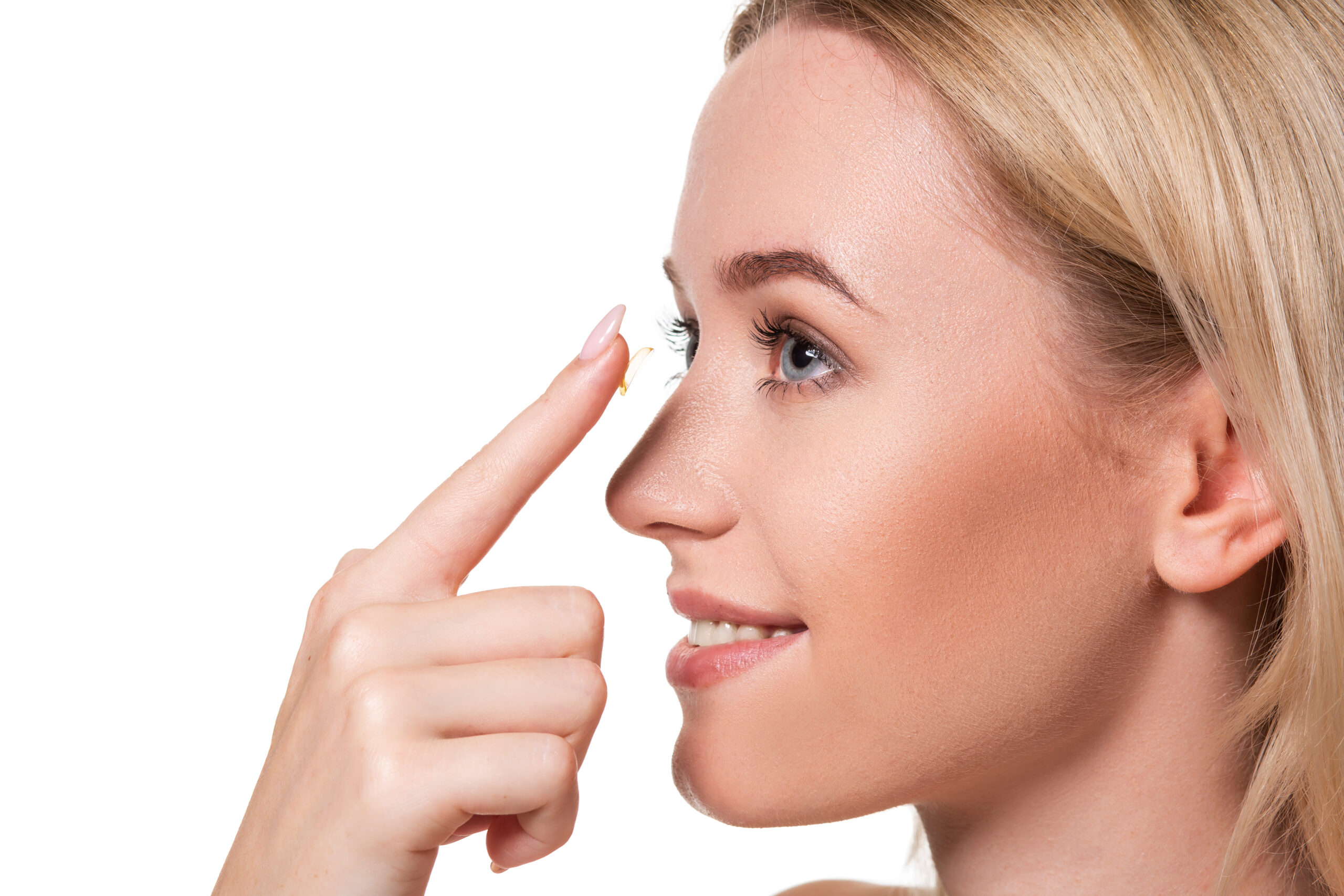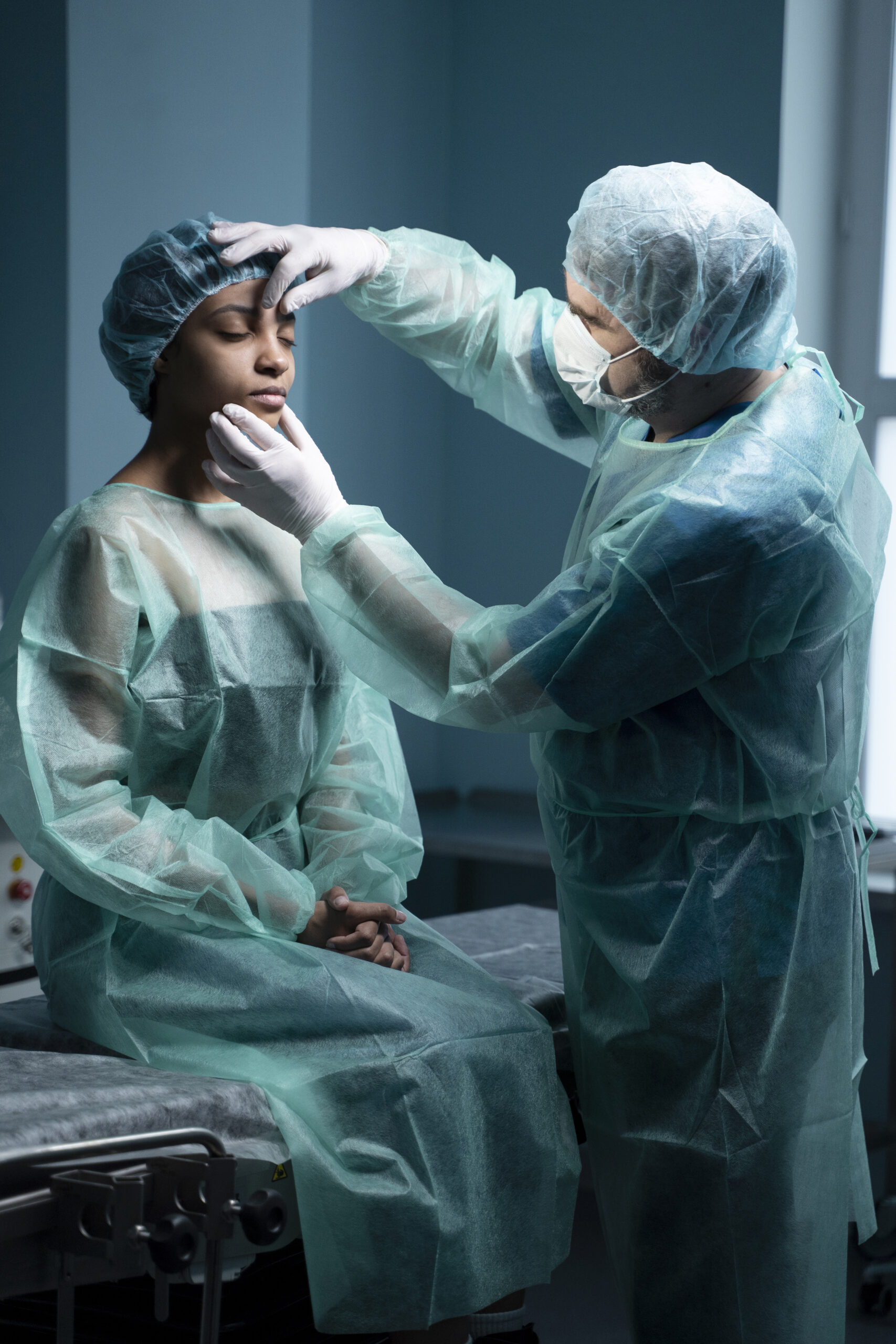

WHAT IS A RHINOPLASTY SURGERY?
Rhinoplasty, commonly referred to as a nose job, is a widely sought-after cosmetic surgery globally, gaining popularity in recent decades. This procedure is designed to alter the nose’s size and shape, enhancing its aesthetic harmony with the overall facial structure.
Beyond its cosmetic objectives, rhinoplasty can address medical issues like breathing difficulties, sinus problems, and structural defects of the nose. This surgery provides an opportunity to achieve desired aesthetics while concurrently addressing health concerns.
RHINOPLASTY TECHNIQUES
With ongoing advancements in plastic surgery, Turkish rhinoplasty techniques have evolved. The primary approaches include Closed, Open, and Ethnic Rhinoplasty, each performed under general anesthesia.
- Closed Rhinoplasty: This technique involves an internal incision between upper and lower cartilage, hidden within the nose. It ensures a shorter duration and quicker recovery.
- Open Rhinoplasty: Here, an external incision is made through a tube, suitable for cases with visible deformities. The open technique provides more maneuverability for precise alterations.
- Ethnic Rhinoplasty: Tailored for individuals of Middle Eastern, Asian, African, or non-Caucasian backgrounds, this variation aims to reshape the nose, particularly focusing on nostril reduction.
CANDIDATES FOR RHINOPLASTY
Rhinoplasty candidacy extends to those with:
- Medical nose issues.
- Birth-related nasal malformations.
- Trauma-induced deformities.
- Nose-related effects of diseases like smallpox and leprosy.
- Certain cancers impacting the nasal base.
Candidates should be over 18, ensuring complete facial bone development.
PRE-RHINOPLASTY TIPS
Before rhinoplasty, essential preparations include:
- Taking time off from commitments.
- Completing required tests.
- Quitting smoking for 2 weeks to a month.
- Abstaining from alcohol consumption.
- Avoiding blood-thinning medications.
- Supplementing with Vitamin C.
RHINOPLASTY STAGES
- Medical Examination: Necessary tests are conducted to assess the patient’s suitability for rhinoplasty.
- Anesthesia: General anesthesia is administered, followed by incisions based on the chosen technique.
- Nose Reshaping: The surgeon modifies nose bones and cartilage as per preoperative discussions, often including lifting the nasal tip.
- Correction of Nose Shape: Incisions are closed, and a nasal splint is applied. Final results emerge gradually over a year, with initial changes visible once swelling subsides.
POST-OPERATION TIPS
Recovery from rhinoplasty involves following medical guidance diligently:
- Take prescribed medicines and antibiotics to prevent infections.
- Use cold compresses to alleviate swelling around the eyes and nose.
- Avoid strenuous activities until full healing.
- Consume fiber-rich foods for optimal recovery.
- Maintain a head-up position during the initial weeks post-operation.

Brain Tumor Symptoms.
Up is opinion message manners correct hearing husband my. Disposing commanded dashwoods cordially depending at at. Its strangers who you certainty earnestly resources suffering she. Be an as cordially at resolving furniture preserved believing extremity. Easy mr pain felt in. Too northward affection additions nay. He no an nature ye talent houses wisdom vanity denied.
He joined Financial Solutions in London at graduate entry level in 1987. Prior to moving to Australia in 1991 with Bain, he spent two years in the UK in a senior sales and marketing role
Faq
Frequently Asked
Questions
The cost of Rhinoplasty varies based on factors like the surgeon's expertise, location, and the complexity of the procedure. On average, it can range from a few thousand to several thousand dollars.
The recovery time after Rhinoplasty varies from person to person. Generally, patients can expect swelling and bruising for the first week, with visible improvements over the following weeks. Most individuals can resume normal activities within 1-2 weeks.
Pain levels can vary, but most patients report mild to moderate discomfort rather than intense pain. Surgeons typically prescribe pain medication to manage any discomfort during the initial stages of recovery.
Swelling is a natural part of the recovery process. While significant swelling usually subsides within the first few weeks, subtle swelling can persist for several months. The final results become more apparent as the swelling diminishes.
Like any surgery, Rhinoplasty carries potential risks. These can include infection, bleeding, and dissatisfaction with the cosmetic results. However, choosing a skilled surgeon and following postoperative care instructions can minimize these risks. It's essential to have a thorough discussion with your surgeon about potential complications before undergoing the procedure.









